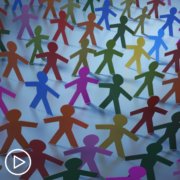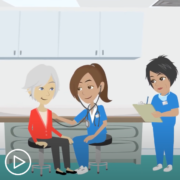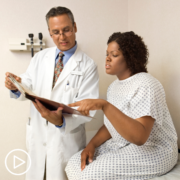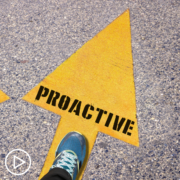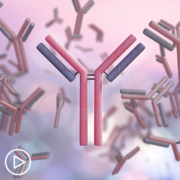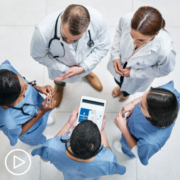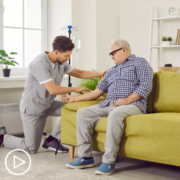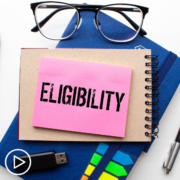What Is the Impact of CAR T-Cell Therapy Access Barriers on Patients?
What Is the Impact of CAR T-Cell Therapy Access Barriers on Patients? from Patient Empowerment Network on Vimeo.
How do CAR T-cell therapy access barriers impact patients? Expert Dr. Krina Patel from The University of Texas MD Anderson Cancer Center discusses factors that create CAR T-cell therapy access barriers and the impacts of FACT accreditation and the REMS program.
Download Guide | Descargar Guía
See More from [ACT]IVATED CAR T
Related Resources:

|

CAR T-Cell Therapy Patient Eligibility | What Patients Should Know |
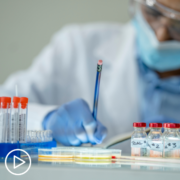
What CAR T Research Is Ongoing to Improve Treatment Response? |
Transcript:
Lisa Hatfield:
Dr. Patel, how do you perceive the impact of patient access barriers, such as geographical constraints and caregiver requirements on the widespread adoption of CAR T therapies for myeloma patients?
Dr. Krina Patel:
Yeah, so this is a huge, huge problem. I think I’m such a big CAR T fan because again, it works so well, it gives people this amazing quality of life, so once they can get it, it’s phenomenal, and people want it again, if they can get it again down the road. But you have to get there, and so the biggest barriers, I will say is insurance coverage, making sure your insurance, now most people who have insurance it will cover, but some people with Medicare, if they don’t have a secondary, that 20 percent that you have to cover is insane. I don’t think most people would not be able to do that. So that’s number one.
Number two is location. And again, if you can’t come somewhere, there’s about 200 centers in the U.S. that are FACT-accredited, and you have to be…it’s an acronym basically for anyone that does cell therapy, and you have to be accredited to be able to give CAR T, so unlike other therapies like bispecifics that are not under that jurisdiction, for CAR T, you have to have that designation, so there are quite a few centers around the country that have that.
But again, access to myeloma CAR Ts is still limited to a certain degree, and so finding a place that’s nearby and having a caregiver, these are all really, really important, but we’re hoping that in the future with better CAR Ts, we won’t have to worry about staying in the vicinity for 30 days. We’re actually trying to push already to say that a lot of our patients, the majority do really well, that after two weeks, they should be able to go back home, and we can work with their local oncologist, their local doctors to make sure everything’s okay.
I think the original CAR Ts were in lymphoma and there were some pretty significant side effects we saw, so even that can’t drive for eight weeks and all these other things that we all have to do, all our patients have to do now came from that, even though most of our patients don’t get neurotoxicity, right, in myeloma, we don’t see those things. So again, we’re trying to find novel ways to push back and say to the FDA, do we really need these patients to stay here this long when our data looks so much different and better than it does for other diseases?
So I think that’s part of it as well. Through some of our newer trials, we’re trying to see if we can decrease those recommendations that once they get approved, it won’t be a part of the REMS program and all these things that. If once it becomes part of the REMS program, we have to do it and it’s hard to reverse that. But I know a lot of the companies are, and myeloma groups are trying to get together to decrease some of that burden, because it might be a little bit too much for the majority of our patients where they don’t need it medically and I know it would help them get access to the drugs, but coming back to the novel CAR Ts, there are ways to make the CAR T in less than 48 hours now that people are testing, and if we can do that, that can really decrease your time of even having to come get your cells collected, then go back home for bridging therapy, then come back for the actual CAR T treatment.
And if we can give it to you faster and we can decrease that toxicity, then hopefully again, it could be two weeks and then we get you back home. So I think that’s the ultimate goal. I just don’t know when that will happen.
Share Your Feedback
Create your own user feedback survey


